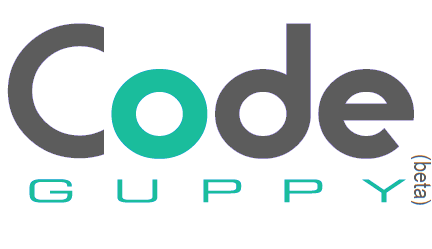p5.js in the classroom
p5.js is a powerful tool for teaching programming and creative expression in the classroom. This open-source JavaScript library is based on the popular Processing language and provides a friendly and accessible way for students to create interactive graphics, animations, and games.

One of the key benefits of using p5.js in the classroom is that it allows students to see their code come to life in real-time. As they write and modify their code, they can immediately see the changes on the screen, which can be incredibly motivating and engaging. This can help students develop a deeper understanding of the underlying principles of programming and computational thinking.
Another advantage of p5.js is that it can be used to teach a wide range of subjects, including art, design, math, and physics. For example, students can use p5.js to create interactive visualizations of mathematical concepts, such as graphing equations or simulating the movements of objects in space. In an art class, students can use p5.js to create animations, generate art based on algorithmic principles, or even create their own interactive games.
In addition to its versatility, p5.js is also easy for students to learn and use. The library provides a friendly and intuitive set of drawing and interaction functions, as well as a wealth of online resources and tutorials to help students get started. This makes it an ideal choice for teachers who are looking for a way to introduce their students to the world of programming and creative expression.
Overall, p5.js is a valuable tool for teaching a wide range of subjects in the classroom. With its intuitive interface, real-time feedback, and versatility, it can help students develop a deeper understanding of programming and computational thinking, while also providing them with a fun and engaging way to explore their creativity.
How to get started with p5.js?
Option 1: Install a local code editor and the p5.js library
To get started with p5.js, you will first need to make sure you have a web browser and a text editor installed on your computer. You can use any modern web browser, such as Google Chrome or Mozilla Firefox, and any text editor that allows you to write and save plain text files. VS Code is a good option for editing code.
Once you have those tools installed, you can visit the p5.js website to download the latest version of the library. This will download a zip file containing the p5.js library, as well as some example files to help you get started.
Option 2: Use the p5.js online editor
The p5.js online editor is a web-based tool that allows you to write and run p5.js sketches directly in your web browser. This can be a convenient way to get started with p5.js and experiment with the library's capabilities without having to download and install any software on your computer.
To use the p5.js online editor, you can visit the p5.js website and click on the "Editor" link in the left menu. This will open the online editor in a new browser tab, where you can create and edit your p5.js sketches.
Option 3: Use the codeguppy.com coding platform
codeguppy.com is a great platform for teach coding to middle-schooler and high-school students. And is 100% free.
The codeguppy.com coding platform is based on the p5.js library with some enhancements that makes it more appealing to younger students.
The codeguppy.com website provides projects and resources that are age-adequate.

The online editor provides a simple and intuitive interface for writing and running code. You can use the code editor on the left-hand side of the screen to write your code, and the output area on the right-hand side will show you the results of your program.
Since codeguppy.com is based on p5.js, students can graduate later on to write plain p5.js sketches using one of the above two methods.
Note: Due to subtle differences between codeguppy.com and p5.js you may need to slightly adjust the programs when porting your code. Please make sure to read the codeguppy.com documentation to understand these differenced.
Conclusion
Overall, p5.js is a valuable tool for teaching a wide range of subjects in the classroom. With its intuitive interface, real-time feedback, and versatility, it can help students develop a deeper understanding of programming and computational thinking, while also providing them with a fun and engaging way to explore their creativity.
Read more blog articles Browse JavaScript projectsAbout codeguppy
CodeGuppy is a FREE coding platform for schools and independent learners. If you don't have yet an account with codeguppy.com, you can start by visiting the registration page and sign-up for a free account. Registered users can access tons of fun projects!

Follow @codeguppy on Twitter for coding tips and news about codeguppy platform. For more information, please feel free to contact us.
